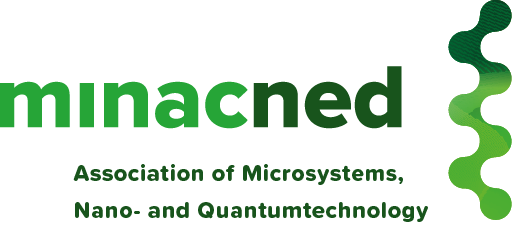What did the study show?
In this NanoReg2 project, 6 companies have introduced Safe-by-Design. They applied Safe-by-Design measures for nanomaterials, nanoproducts or nanomaterial production processes. This led to favorable results for the participating companies:
- Avanzare no longer has liquid waste and employees hardly use powdered graphene.
- Group Antolin reduced workers’ exposure to carbon nanofibers. And chose the best carbon nanofiber making method.
- HIQ-nano has compared the toxicity of two materials and devised new solutions for the safest possible material.
- NanoGap reduced silver waste by 50%.
- Nanomakers reduced the risk of explosion and worker exposure. And they have assessed the financial feasibility of the measures.
What is required for Safe-by-Design?
- Broad knowledge for the introduction of Safe-by-Design in the nanotechnology sector. Topics such as materials science, chemical engineering, harmfulness, exposure and risk, and handling large amounts of data are all important.
- Data sharing is necessary to streamline the implementation of Safe-by-Design. This also helps make it affordable for businesses.
- Data on physicochemical properties, hazards and exposure must be collected in robust and reliable databases. And these databases must be accessible.
- Training on the use of databases and risk assessment tools. This would facilitate the introduction of Safe-by-Design and promote the development of sustainable nanoproducts.
What does the RIVM National Institute for Public Health and the Environment think?
Materials, products and processes must be safe from the outset. Safe materials, products and processes are a precondition for a circular economy and a safe living environment. Not enough is known about possible adverse health effects of a large number of nanomaterials. This requires new smart ways. These should reduce the uncertainty about the safety of nanomaterials. Safe-by-Design can be very helpful in this, together with the developed instruments that go with it. It is an effective approach to develop safe innovations in a smart way.
Embedding of Safe-by-Design
The companies participating in the project used a number of tools and measures. This can be seen in the Safe-by-Design examples from practice. It is an important development towards embedding Safe-by-Design in companies. In addition, NanoReg2 has taken a step to allow companies, researchers and risk assessors to cooperate in the development of Safe-by-Design. This should lead to safe nanomaterials that are also suitable for a circular economy.
The published article shows the benefits of introducing Safe-by-Design at companies. But it also shows that it is custom work. Knowledge and availability of data play an important role. The GO FAIR AdvancedNano Implementation network can play a major role for the availability of data. These points are important for Safe-by-Design to be successful.





Leave a Reply
Want to join the discussion?Feel free to contribute!